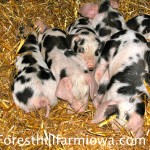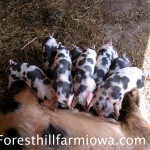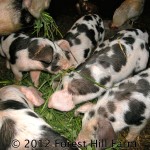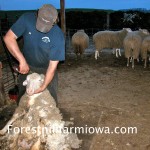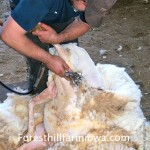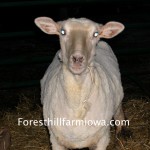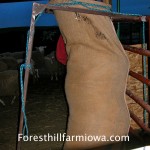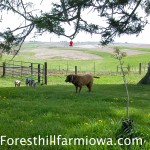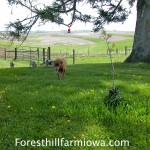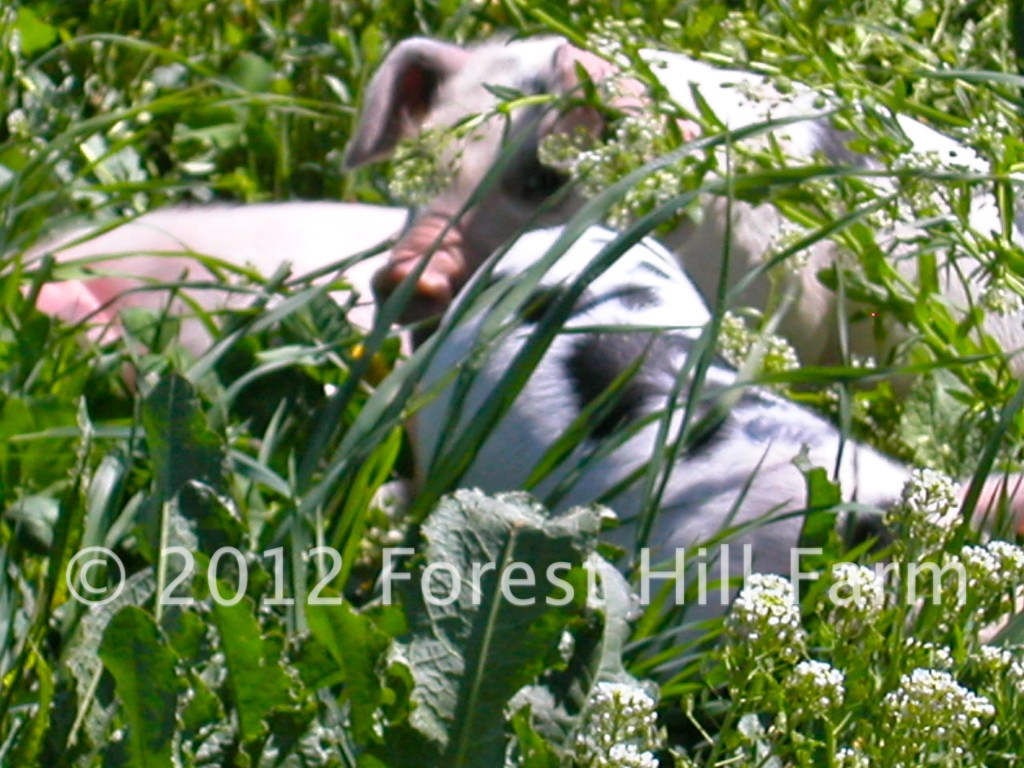Canada has scrapped it's "Enviropig" program, the first genetically modified pigs. Genes from mice and e-coli, among others, were introduced into their DNA. Theses pigs were designed to process food differently, creating more environmentally friendly hog manure. The University of Guelph, which developed the GM pig announced the programs cancellation. A lack of funding and interest is blamed. Peter Phillips, a professor of public policy at University of Saskatchewan said, "Enviropig has not managed to attract funding from a food company that would ultimately seek to commercialize the pigs, possibly because environmental benefit doesn't necessarily translate into more profit". Unless additional funding into this project is secured the pigs will be destroyed, their genetic material will be preserved in cold storage for possible future research.
One of the problems with pigs is that they're extremely adaptable. Not far back in farm history hogs were raised on pasture. Sows spent their gestation outdoors and were brought in for farrowing. Sometimes crates were used, minimally. Occasionally sows will lay on a piglet. This happens with gilts, first time moms, more often than with sows. A solution is to have a creep for the piglets. A creep, built into the corner of your farrowing area, has a lamp for warmth and is open in the front. Sows can interact with piglets but can't fit inside the creep. Piglets come and go as they please, interacting with mom at any time. On cool nights our sows will pack straw in front of the creep, leaving a small opening, to keep her piglets warm.
Again, because pigs are adaptable they were easily turned into factory production animals. In confinement sows move from gestation crates, where their spend 3 months, 3-weeks, and 3 days, into farrowing crates. Unable to interact with her piglets, and incapable of instinctive behavior, she becomes a milking machine. Sows are driven insane. This isn't animal husbandry or farming. It's inhumane and it needs to stop! Here are some images of different methods of animal production found on Google images Below are images of our farms farrowing system.

